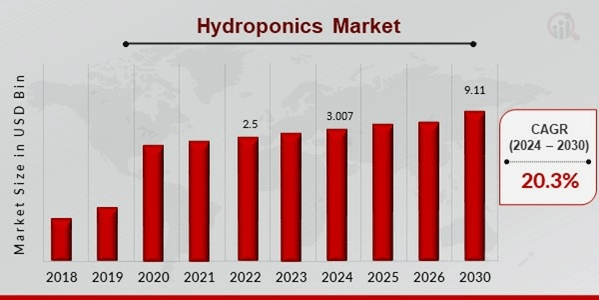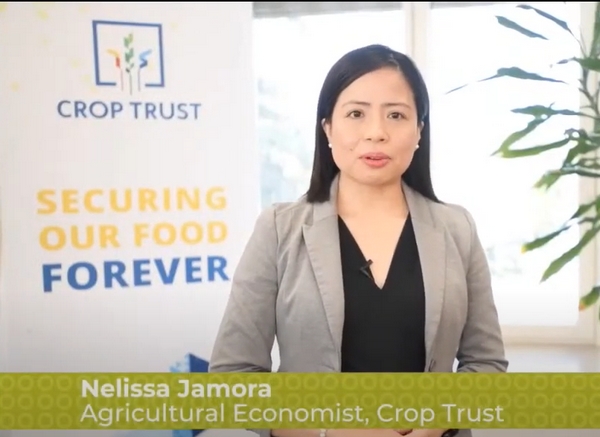The Hydroponics Market is poised for significant growth in the coming years, driven by the increasing demand for sustainable farming solutions, rising food security concerns, and advancements in agricultural technologies. According to the latest market research report, the hydroponics industry is expected to grow steadily over the forecast period, reaching remarkable revenue figures by 2032.
Market Overview
The Hydroponics Market size was valued at USD 2.5 billion in 2023 and is projected to grow from USD 3.007 billion in 2024 to USD 9.11 billion by 2032, exhibiting a compound annual growth rate (CAGR) of 20.3% during the forecast period (2024 – 2032). This rapid growth underscores the increasing adoption of hydroponic systems across the globe, as farmers and agribusinesses recognize the benefits of soil-less cultivation.
Why Hydroponics?
Hydroponics, an innovative method of growing plants without soil by using mineral nutrient solutions in water, offers several advantages over traditional farming methods:
- Faster Plant Growth: Hydroponic systems provide plants with a direct supply of nutrients, promoting faster growth compared to soil-based farming.
- Higher Yields: By optimizing growing conditions, hydroponics allows for increased crop yields per square foot of cultivation area.
- Water Efficiency: Hydroponic farming uses up to 90% less water than conventional agriculture, making it ideal for water-scarce regions.
- Year-Round Cultivation: Controlled environments enable continuous farming, irrespective of seasonal changes or adverse weather conditions.
Key Market Drivers
- Rising Global Population and Urbanization The growing global population and rapid urbanization have intensified the need for efficient farming systems that can deliver higher yields in limited spaces. Urban farming initiatives, such as vertical farms and rooftop gardens, are driving the adoption of hydroponics in cities.
- Technological Advancements Innovations in hydroponic equipment, such as automated nutrient delivery systems, advanced LED grow lights, and real-time monitoring sensors, are making the technology more accessible and efficient for farmers.
- Food Security Concerns With climate change and decreasing arable land posing threats to traditional farming, hydroponics offers a sustainable alternative to ensure food security, particularly in regions with harsh climates or poor soil quality.
- Environmental Benefits Hydroponics significantly reduces the need for chemical fertilizers and pesticides, contributing to environmentally friendly farming practices.
Regional Insights
- North America: The region dominates the hydroponics market, with the United States leading in technological adoption and large-scale commercial farming operations.
- Europe: Countries like the Netherlands and Germany are pioneers in adopting hydroponic systems, driven by strong government support and a focus on sustainable agriculture.
- Asia-Pacific: Rapid urbanization and food demand in countries like China, India, and Japan are fueling market growth in this region.
- Middle East and Africa: Hydroponics is gaining traction as a viable solution to address water scarcity and increase food production in arid climates.
Future Prospects
The hydroponics market is set to benefit from ongoing research and development efforts aimed at improving system efficiency and reducing costs. The integration of artificial intelligence (AI) and the Internet of Things (IoT) in hydroponic farming is expected to revolutionize the industry, enabling precision agriculture and optimizing resource utilization.
The hydroponics market represents a transformative shift in modern agriculture, offering a sustainable solution to meet the growing global demand for food. As technological advancements continue to enhance the efficiency and affordability of hydroponic systems, this innovative farming method is likely to play a pivotal role in shaping the future of agriculture.










